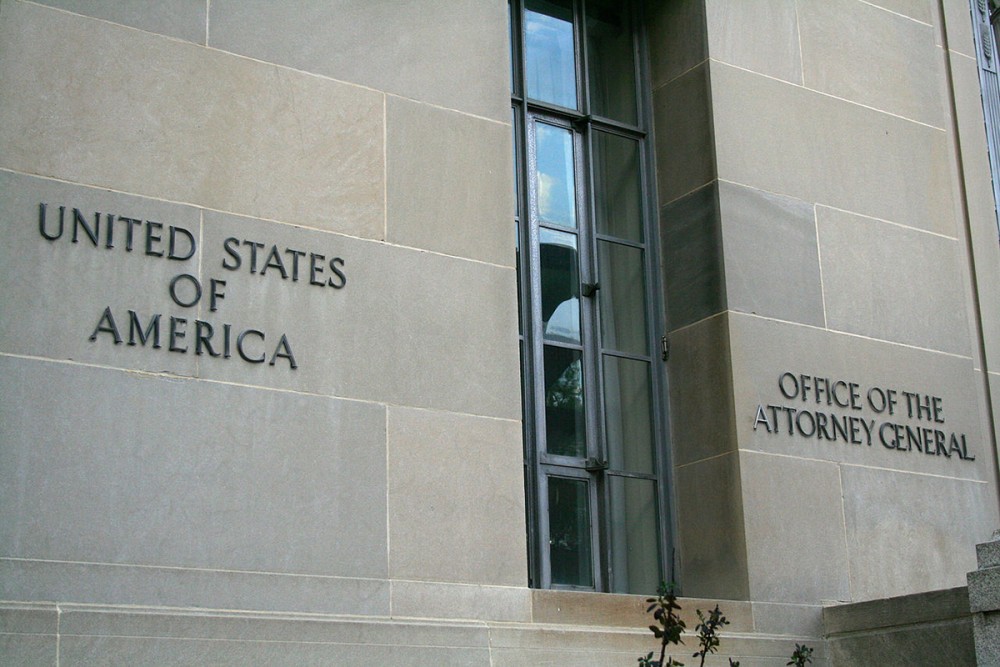The federal death penalty and the Trump administration’s last-minute killing spree
The first federal execution in 17 years took place last summer. Twelve more followed.

In the chaos of the final weeks of the Trump presidency, it would be easy to overlook a particularly troubling aspect of the administration’s use of power: the Justice Department’s last-minute killing spree. The administration executed 13 prisoners in seven months, ending a 17-year hiatus in federal executions and a 130-year precedent of halting them during the lame-duck period of a presidency. This is the highest number of federal executions in a single year since the 19th century; it is more executions in seven months than the past ten presidents oversaw in their entire combined terms. As the Trump administration’s power ebbed in other realms, it exercised its power over life and death in a rushed, cruel, and arbitrary manner that the new administration cannot reverse.
The administration had the legal right to conduct these executions. But deliberately killing human beings to solve social problems and exact retribution makes for a troubled society. The crimes that put defendants on death row are heinous, and the grief and pain of families and communities that suffer from these crimes are immeasurable. But the death penalty has never been an effective crime deterrent or means of redressing wrongs. When a government kills its own people, for any reason, the results are morally disturbing and repugnant.
What’s more, we know that the death penalty in this country is now and has always been arbitrarily applied. More than anything, a death sentence signifies that a defendant had poor legal representation, is a person of color, or was born into poverty. White defendants are twice as likely as non-White defendants to receive plea deals with life imprisonment as their punishment. More than 75 percent of executions are for the killers of White victims, even though homicide victims are disproportionately Black.




